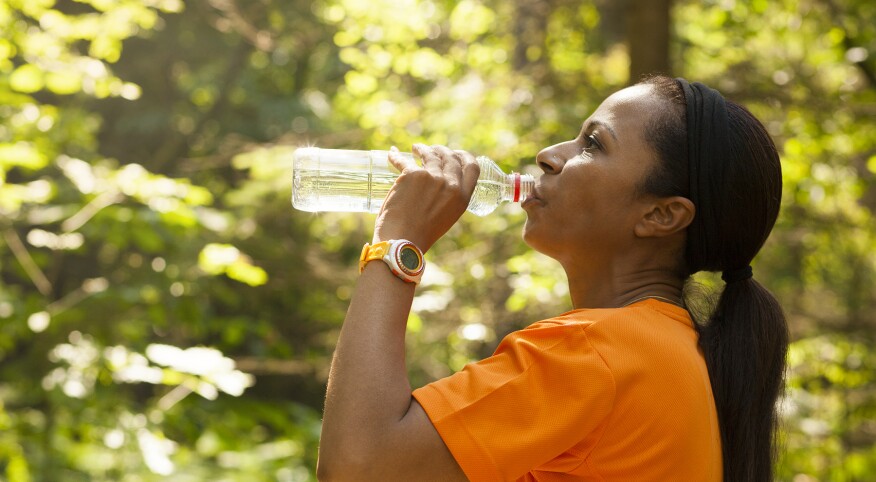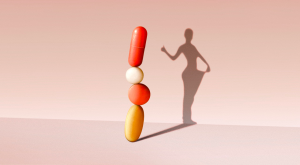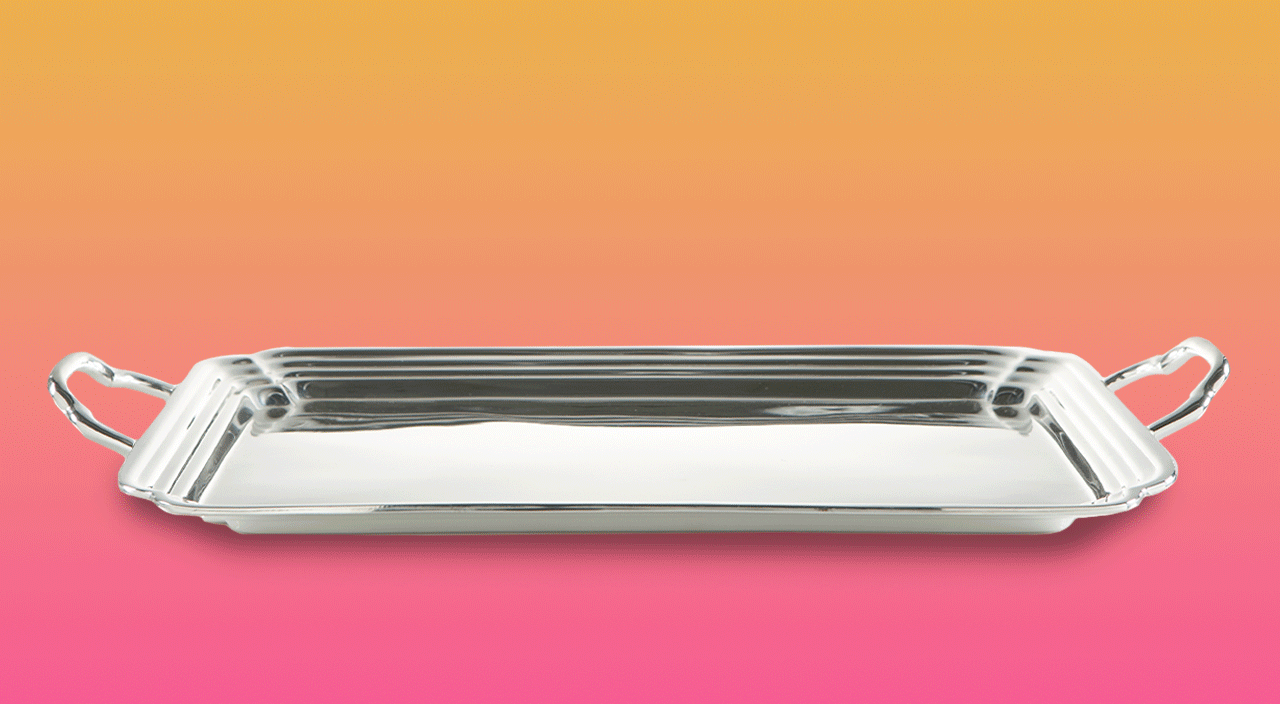We all know that water is good for our overall health. But the why behind this accepted fact is a little less known. About 60 percent of the adult human body is water, so the liquid stuff plays a significant role in our functioning and survival. But here’s something else you may not know — keeping up your water intake also impacts your physical appearance. Here’s how.
Your complexion
Skin is the largest organ in the body, and it’s mostly made up of water. So when we’re not getting enough, it shows — literally. The outer layer of the skin, the epidermis, loses its elasticity and begins to feel rough and appear dry. (And to think, you’ve been blaming your dry elbows on the weather!)
So keep your skin looking and feeling soft and plump by drinking enough water. No need to go overboard, though; there’s no scientific evidence that drinking more water than you need will improve your skin.
Your lips
Dry lips can be a result of dehydration. Drinking enough water helps your lips and the skin around them stay moisturized.
Your hair
When it comes to moisturizing our crowns of glory, we often focus our attention on external hydration. We know to skip the harsh shampoos, and we understand deep conditioning is essential. But hydrating our hair from the inside out is crucial, too.
Dehydration could be the culprit of brittle, dry, frizzy tresses, especially during menopause. A study in the U.S. National Library of Medicine shows that proper hydration can counter thinning hair and hair loss that often accompanies hormone shifts during menopause.
Your eyes
Another function water performs is to moisten the muscle and tissue in your body, including those in your eyes, nose and mouth. In fact, one telltale sign of dehydration is dark, sunken eyes.
Your nails
Nails that break and peel easily can be a sign of dehydration. Keep yours strong and healthy by maintaining your water intake.
Your waistline
If you’re trying to lose or regulate your weight, water can do wonders. Studies have proven that drinking water before meals and replacing sweet drinks with plain water reduces caloric intake and improves weight control. Additionally, staying sufficiently hydrated can help your body burn fat at a faster rate.
Drinking adequate water may also reduce your tummy bulge. It may sound counterintuitive, but since proper hydration prevents constipation, water can ward off the uncomfortable bloating that often accompanies infrequent bowel movements.
How to stay hydrated throughout the day
The exact amount of water you should be drinking depends on your health, lifestyle and other factors. It can even be affected by the medications you take. So while the eight-cups-of-water-a-day rule is a good guideline, some people may need more or less. Check with your doctor to see how much you should be drinking.
Here are some ways to make sure you’re getting enough.
- Drink one glass of water as soon as you wake up. The body loses water while it’s sleeping, so one way to replenish it is to place a cup of water by your bedside and drink it as soon as you wake up. You’ll have one glass of water down, and the day has barely begun.
- Carry a water bottle around all day. Invest in a good quality water bottle or jug, and make it a habit to sip throughout the day. Make sure you know how many times you need to finish the bottle to get your daily water intake.
- Flavor your water naturally. Flavored water can help you drink more, but many of the bottled options on the market come with added sugar and extra calories. Instead, flavor your water naturally with lemon or other citrus, berries, cucumber, mint or ginger. Or opt for zero-calorie flavor enhancers.
- Track your intake. Nutrition apps such as MyPlate Calorie Counter and Lose It! let you track your water intake. You can also make it fun. The Plant Nanny app helps you monitor your water by connecting how much you drink to the survival of a virtual plant garden.
- Eat your water. Drinking your water is the primary way to stay hydrated, but you also get water from the foods you eat. Boost your intake by focusing on foods with high water content, such as watermelon, cantaloupe, cucumbers, celery, zucchini and tomatoes.
- Drink when you feel hungry. The body often confuses its cues for thirst and hunger, so when you think you’re experiencing hunger pains, reach for a glass of water first. You may be surprised to discover you were thirsty, not hungry.














